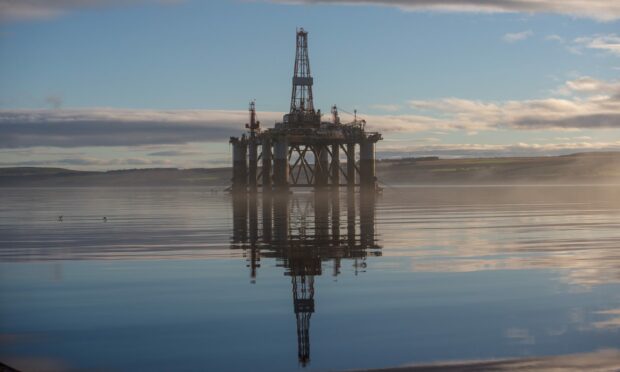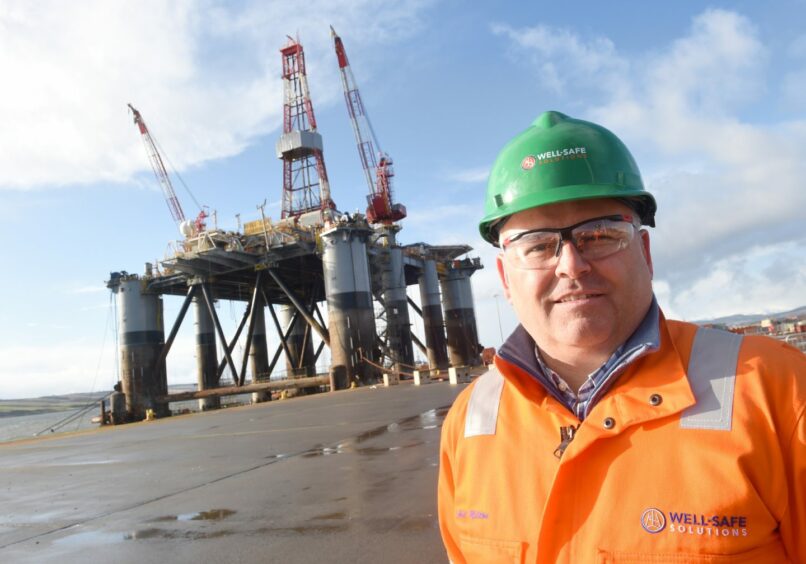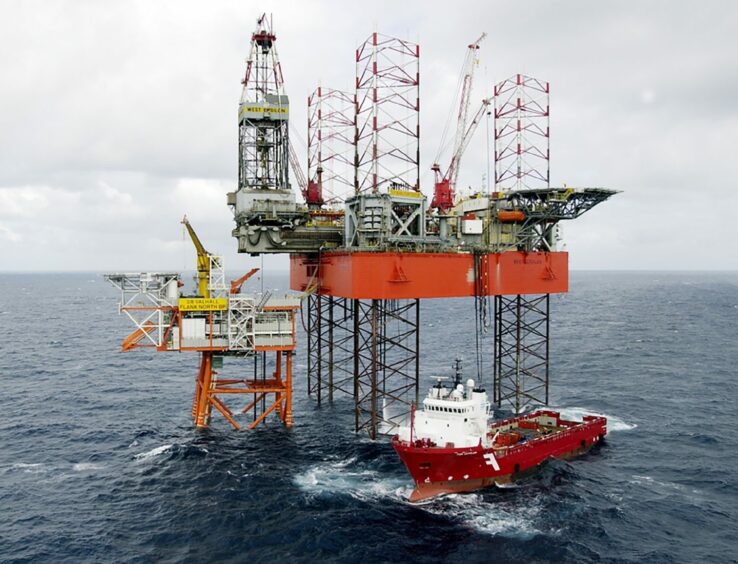There are 1,782 wells that will require decommissioning in the North Sea over the next decade and one firm is leading the way in achieving this in the most sustainable manner possible.
Aberdeen’s Well-Safe Solutions is the world’s only tier one well decommissioning company which owns and operates its own assets.
Exclusively used for global well plug and abandonment operations, the current fleet of three rigs is made up of two semi-submersibles – the Well-Safe Guardian and Well-Safe Defender – and one jack-up rig, the Well-Safe Protector.
Saving tonnes of virgin steel
By revitalising and repurposing existing assets into bespoke well-decommissioning rigs, their operational lifespan is extended and the need for thousands of tonnes of virgin metal – typically required in the manufacturing of new rigs – is substantially reduced.
Well-Safe chief executive Phil Milton said: “Operational efficiency, safety and minimising our environmental impact are not just aspirations – they are promises to our clients which are core to Well-Safe’s philosophy.
“Well-Safe Solutions offers the industry’s complete solution for well plug and abandonment (P&A). Utilising dedicated decommissioning assets, the Well-Safe model puts operational efficiency at the heart of project planning, delivery and review.”
In addition to extending the operational lifespan of its decommissioning rigs, Well-Safe’s business model favours collaborative working, the sharing of decommissioning best practice and the batching of work scopes in order to reduce environmental impact and increase efficiencies of scale.
Campaign savings
The firm’s campaign approach to well abandonment allows clients to take advantage of reduced transit times, distance and cost, in turn driving down fuel consumption and CO2 emissions.
Using campaign efficiency data gathered by operations and supported by information from wider industry and regulatory bodies, Well-Safe has built up an accurate picture of the environmental impact of its assets.
Its research has found that by using a campaign approach – where the rig plugs three separate batches of wells in series and only returns to port at the end of the project, as opposed to an individual project approach, where the rig returns to port after each well batch before re-mobilising with fresh supplies – the total tonnage of carbon dioxide emissions is reduced by 17%.
The percentage saving seen in the campaign approach includes seven fewer days in tow required, thanks to a reduction in overall travel distance, eight fewer return helicopter trips and 180 fewer supply boat sailing hours overall.
The biggest opportunities to reduce carbon footprint during well P&As are during the transit stage to and from the field, with the reduction in anchor handling operations having a knock-on reduction in emissions. These savings, in real terms, would save 41,742cu ft of fuel – enough to fill the fuel tanks of 21,490 cars – and 3,279 tonnes of CO21.
Net-zero – a marathon not a sprint
The race to reach net-zero emissions is a marathon rather than a sprint, and Well-Safe is resolutely focused on innovating better ways to reuse materials, repurpose assets and reduce its carbon footprint.
Founded in 2017, the company provides a complete well decommissioning P&A capability for the global energy industry.
With more than 250 employees on and offshore, it marked its fifth anniversary in August.
The firm’s decommissioning specialists support clients from front-end engineering and design, to project execution and the retention and reintroduction of lessons learned.
Well-Safe is also celebrating the support it has enjoyed from private investors – it raised £50 million from a group of investors led by MW&L Capital Partners, a London-based investment and financial advisory firm. The cash injection took the total sum raised by the company to more than £150m.
The firm recently announced it would add 60 jobs after winning a deal to plug and abandon 14 wells in the UK North Sea.
The assets
Well-Safe’s “P&A club” approach to decommissioning pairs a wealth of oil and gas experience and know-how with significant investment in bespoke, fit-for-purpose marine and land-based assets.
Its Well-Safe Guardian semi-submersible rig is one of three assets owned and operated by the company, featuring a smart well intervention system and dive spread capabilities.
The Well-Safe Protector is a heavy-duty jack-up rig which has compelling advantages for supporting platform well decommissioning, including tactical advantages in preparation for platform removal.
The company’s latest acquisition, the Well-Safe Defender semi-submersible rig, is undergoing upgrade works and will be operational by the end of 2022.



Conversation